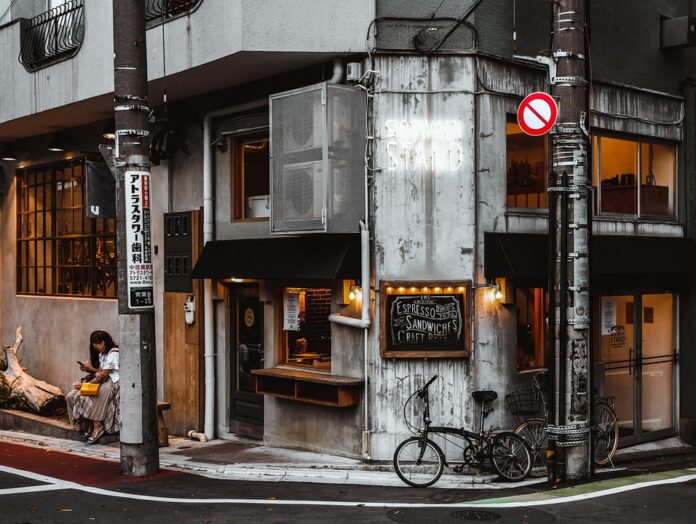Introduction
The coffee culture has become an integral part of modern society, with cafés serving as hubs for social gatherings, work meetings, and relaxation. As consumer demands evolve, cafés must adapt to meet the changing preferences of their clientele. This report will explore the impact of coffee culture on cafés and how they are adjusting to consumer demands.
Consumer Preferences in the Coffee Industry
Shift Towards Specialty Coffee
In recent years, there has been a noticeable shift in consumer preferences towards specialty coffee. This trend is driven by a growing interest in high-quality, ethically sourced beans and unique brewing methods. Cafés have responded by expanding their menu offerings to include a variety of specialty coffees, such as single-origin beans, cold brews, and pour-over options.
Emphasis on Sustainability
Another key trend in the coffee industry is the emphasis on sustainability. Consumers are increasingly conscious of the environmental and social impact of their purchasing decisions. As a result, cafés are sourcing their coffee beans from sustainable farms, using compostable or recyclable packaging, and implementing energy-efficient practices in their operations.
Demand for Convenience
With the rise of on-the-go lifestyles, consumers are also seeking convenience when it comes to their coffee consumption. Cafés have responded by offering online ordering, mobile payment options, and drive-thru services to cater to busy customers who want their coffee quickly and easily.
Adapting to Consumer Demands
Menu Diversification
To meet the demand for specialty coffee, many cafés have expanded their menu offerings to include a wider variety of beverages. This includes not only different types of coffee drinks but also specialty teas, smoothies, and artisanal pastries. By diversifying their menu, cafés can appeal to a broader customer base and attract those who may not be regular coffee drinkers.
Customization Options
Personalization is another key factor in consumer preferences, as customers seek out cafés that offer customization options for their beverages. Many coffee shops now allow customers to choose their preferred type of milk, sweetener, and flavorings, creating a unique and tailored experience for each individual.
Technology Integration
In response to the demand for convenience, many cafés have integrated technology into their operations. This includes mobile ordering apps, self-service kiosks, and digital loyalty programs. By leveraging technology, cafés can streamline their service and provide a seamless experience for customers.
Industry Insights and Financial Data
Revenue Growth in the Coffee Industry
According to a report by Statista, the revenue of the coffee shop market in the United States is projected to reach $47.5 billion in 2021, representing a steady increase from previous years. This growth can be attributed to the rising popularity of specialty coffee and the expansion of café chains across the country.
Market Competition and Consolidation
The coffee industry is highly competitive, with numerous small independent cafés competing against large chain establishments. To remain competitive, many smaller cafés have joined forces with larger companies through acquisitions or partnerships. This trend has led to increased consolidation in the industry, as larger chains seek to expand their market share.
Impact of COVID-19 on Cafés
The COVID-19 pandemic has had a significant impact on the café industry, with many establishments forced to close their doors or transition to a delivery and takeout model. Despite these challenges, some cafés have managed to adapt by implementing safety protocols, offering outdoor seating, and enhancing their online presence. As the world gradually recovers from the pandemic, cafés are expected to rebound and continue serving their communities.
Conclusion
In conclusion, the coffee culture has had a profound impact on cafés, shaping the way they operate and interact with their customers. By adapting to consumer demands for specialty coffee, sustainability, and convenience, cafés can remain competitive in a rapidly evolving industry. Through menu diversification, customization options, and technology integration, cafés can create a unique and engaging experience for their patrons. As the industry continues to grow and evolve, cafés must stay attuned to consumer preferences and market trends to thrive in an increasingly competitive landscape.



